Molded Circuitry
In contrast to casting traces by applying the cast material selectively to a flat surface, molded circuitry is cast into a mold. I’m interested in being able to cast both flexible and firm conductive materials in combination with common casting materials such as silicone and epoxy. This post describes various attempts at creating molds and casting conductive materials.
carving soft rubber and casting conductive epoxy
Mold carved from a soft rubber sheet, commonly used for linoleum printing, then filled with conductive epoxy. Traces are very brittle when fully cured and hard to remove without breaking.
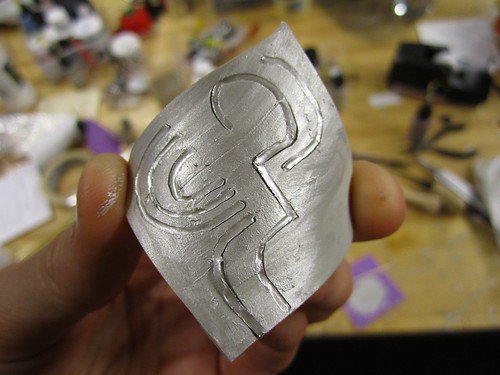
Mix equal amounts of conductive epoxy
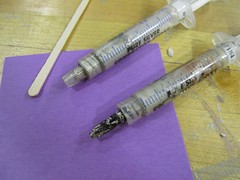
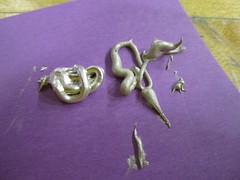
Mix thoroughly and apply into mold.
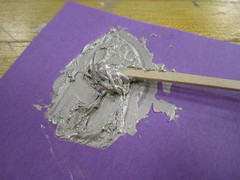
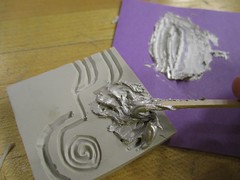
Wipe away excess and let cure.
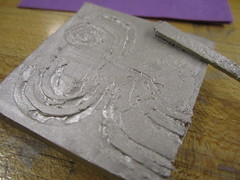
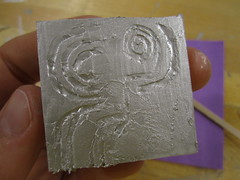
Carefully remove from mold. I used masking tape to grip the cast traces and pull them out. This worked well, but it was hard to get them off the masking tape without breaking them. They were very brittle when fully cured.
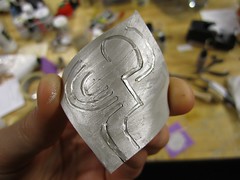
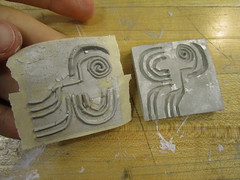
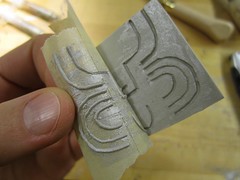
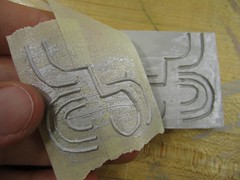
Result.
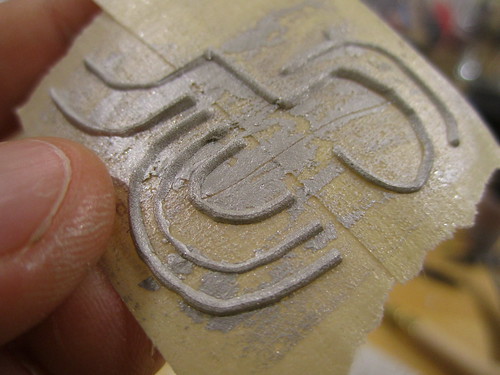
Removing traces from masking tape proved tricky…
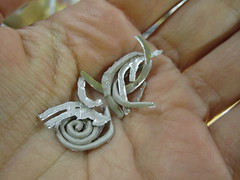
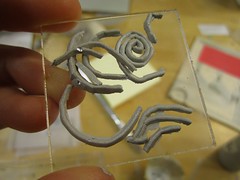
Carved mold with flexible casting materials
Mold carved from a rubber sheet intended for linoleum printing. Bellow is a two sided speaker mold.
Carving the mold
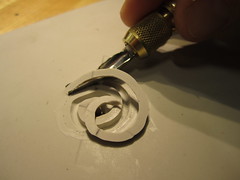
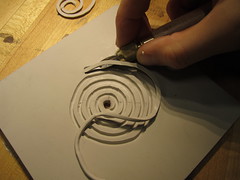
Two-sided mold with connection through center hole

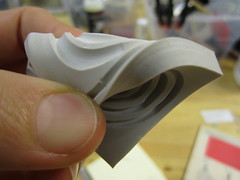
Making a flexible castable material
Attempts at mixing conductive nickel powders and pigments from Novamet with latex to achieve a conductive material with flexible (stretchable) properties.
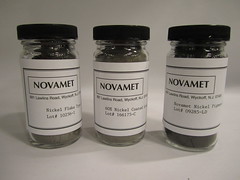
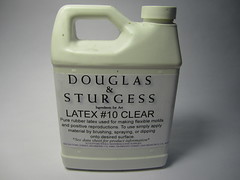
Getting mix ratios just right
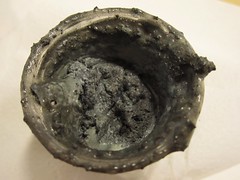
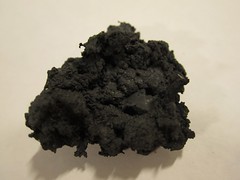
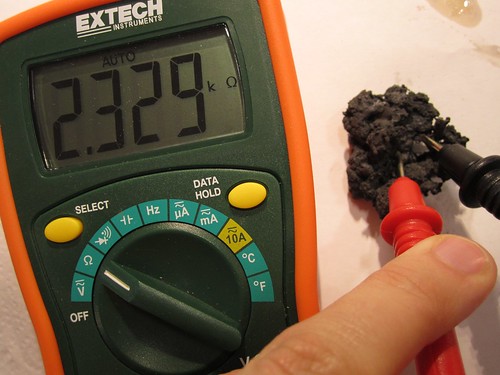
Casting a speaker coil
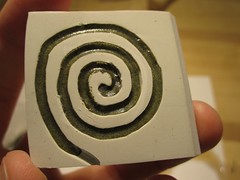
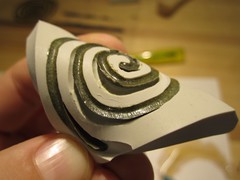
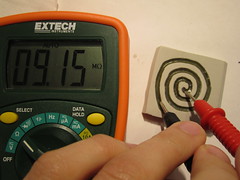
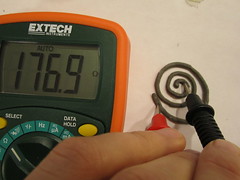
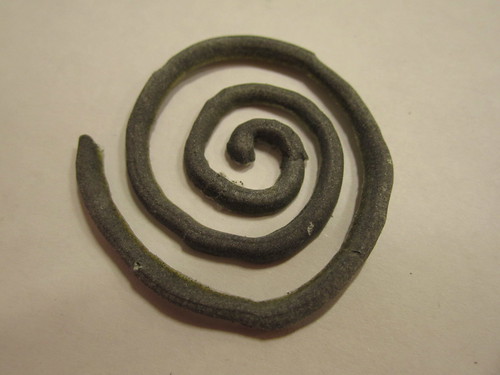
Square speaker coil
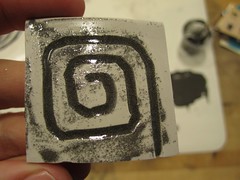
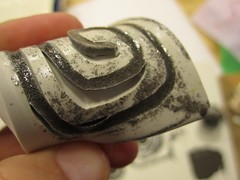
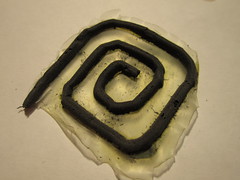
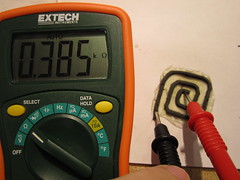
Round speaker coil
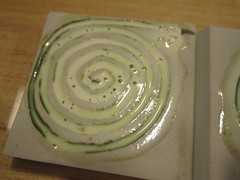
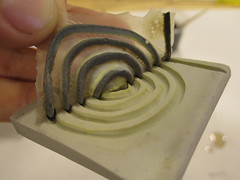
Materials and tools
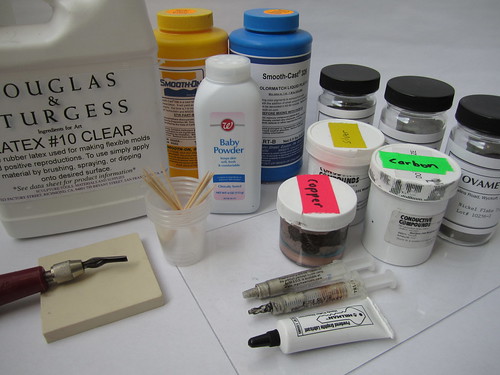





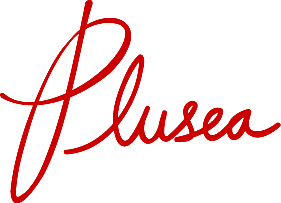
32 Comments so far
Leave a Reply